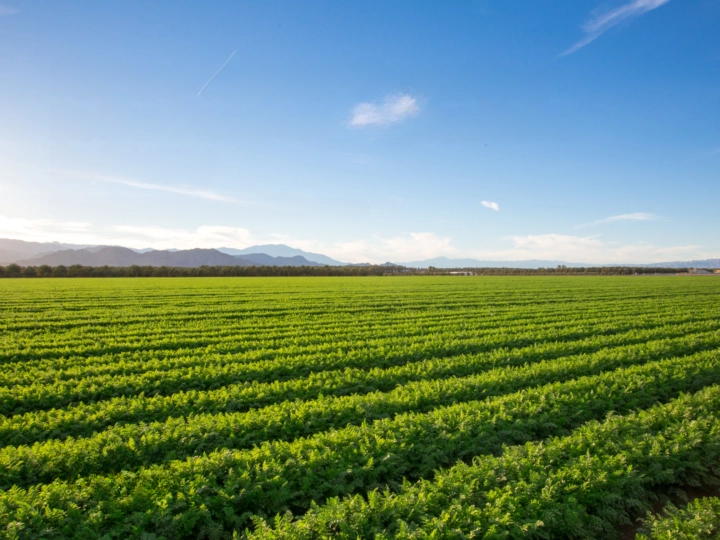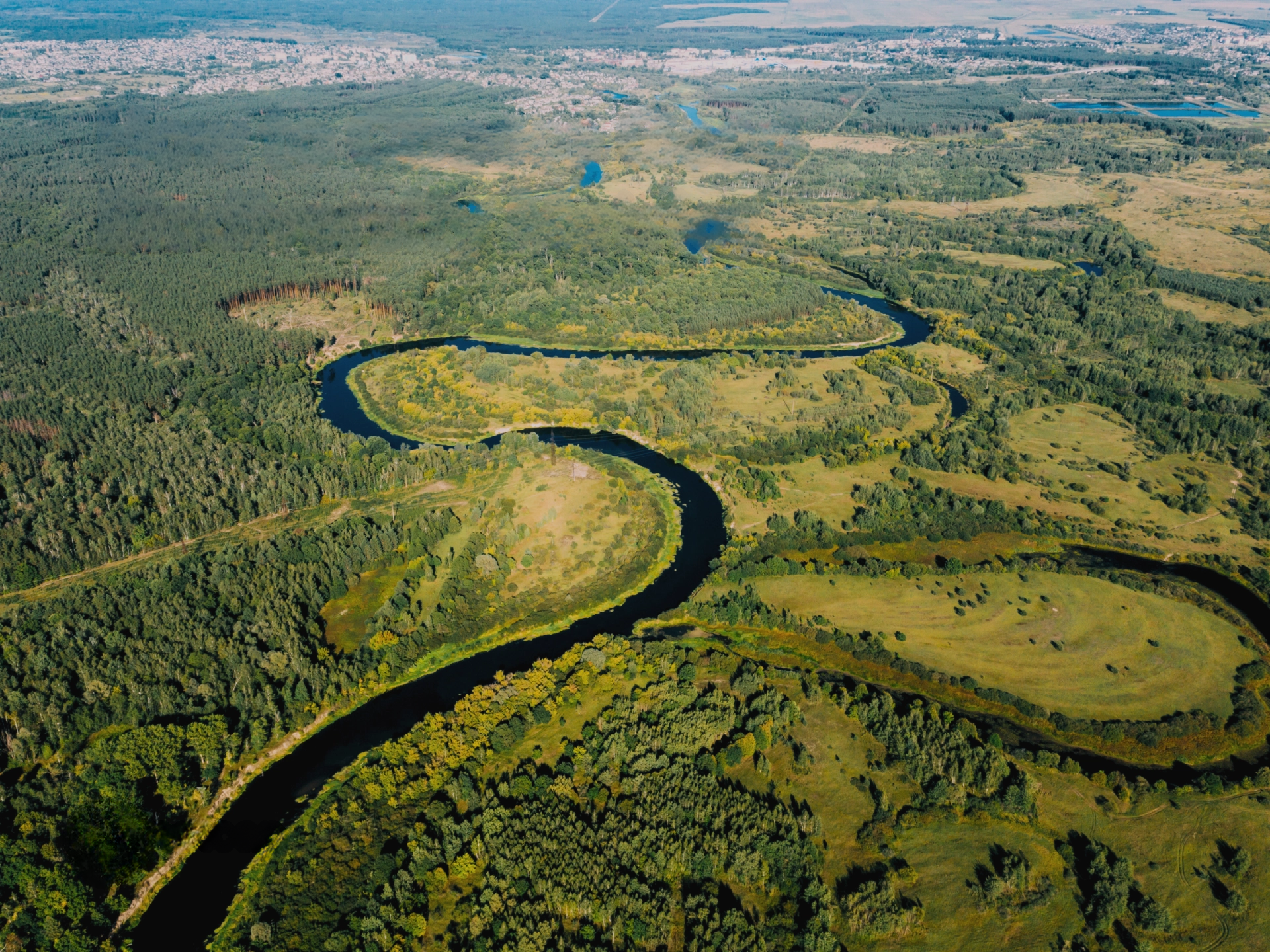How to Choose Good Biodiversity Metrics
Businesses depend on biodiversity metrics to meet regulatory and voluntary disclosure requirements, address stakeholder expectations, and set...
3 min read
 Dr Rhosanna Jenkins
:
22 Apr, 2025
Dr Rhosanna Jenkins
:
22 Apr, 2025

For companies in the food and agriculture industry, nature-related reporting is becoming increasingly complex. With multiple frameworks (TNFD, CSRD, SBTN, GRI, and CDP) requiring disclosures on nature-related impacts and risks, companies are asking:
What should I report, and how do I streamline nature-related reporting across multiple obligations?
The good news is that while these frameworks differ in scope and granularity, they share key nature-related reporting themes. By focusing on these common elements, companies in the food and agriculture industry can develop a more efficient, integrated strategy that meets multiple obligations at once.
With increasing regulatory and investor scrutiny on biodiversity and ecosystem impacts, companies in the food and agriculture industry should:
To help standardise nature-related disclosures, the TNFD finalised sector-specific guidance in January 2025, clarifying how food and agriculture companies should report on:
Despite progress, companies must still navigate variations in reporting depth across frameworks.
The types of information that frameworks ask businesses for are broadly aligned. However, metrics can differ in scope, granularity, and semantics. Understanding these nuances is key to building a streamlined reporting process that works across frameworks. Below, we use water use reporting as an example to demonstrate how these differences play out in reality.
Most major frameworks require companies to disclose their water withdrawal and consumption. But the level of detail and definitions vary:
| Framework | What it asks for | Granularity / Notes |
|---|---|---|
| TNFD | Water withdrawal and consumption by source (surface water, groundwater, etc.) in water-stressed areas. | Emphasises site-specific disclosures, with breakdowns by source for certain sectors (e.g., Beverages). |
| GRI (303-3-b / 303-5-b) | Water withdrawal and consumption from areas with water stress. | Focuses on water stress (not scarcity). Regional reporting, less site-specific detail. |
| SASB | Percentage of water withdrawn and consumed from regions with High or Extremely High Baseline Water Stress. | Sector-specific; tends to focus on high-level percentages. |
| CSRD (ESRS E3) | Contextual information on water withdrawal and consumption, including location and risk level. | Requires explanations of data sources and methodologies. Geospatial and risk-specific disclosures are expected. |
| CDP | Total withdrawals, discharges, consumption, sources, and water recycling/reuse practices. | Detailed, site-level questionnaire. Asks for methodology, sources, and breakdown by water type. |
This variation means companies must balance consistency with pragmatism. Disclosures for other frameworks tend to be done at the business (‘entity’) level, but TNFD’s focus on considering both the size of the impact and the state of nature at the place where that impact occurs means that information on water withdrawal and consumption is needed at the site level to determine whether an impact is having a material effect on nature.
At Natcap, we support this process by providing flexible data templates, tailored sector guidance, and advisory expertise to help you understand the expected level of granularity and how to deliver it without overburdening internal teams.
Reporting biodiversity impacts is required by most frameworks, but again, definitions differ:
| Framework | What it asks for regarding biodiversity | Granularity / Notes |
|---|---|---|
| TNFD | Assessment of site-level ecosystem condition and species extinction risk. | Requires use of geospatial data and context-specific metrics, encouraging science-based assessments at site level. |
| GRI (Biodiversity 2024) | Optional reporting on species extinction risk, population size, and ecosystem condition. | Voluntary but encouraged. May lack standardised methodologies for measurements. |
| CSRD (ESRS E4) | Metrics on land-use change, habitat fragmentation, and ecosystem structural connectivity. | Highly detailed and mandatory for in-scope companies. Requires site-level, temporal, and spatial information. |
| SBTN | Science-based targets for land, freshwater, and biodiversity impacts. | Still evolving; expected to become the benchmark for target-setting with prescriptive thresholds and measurement guidelines. |
| CDP | Disclosure on biodiversity-sensitive areas and the company's impact on these locations. | Focuses on site-level proximity to protected areas and asks for mitigation measures and policies to manage biodiversity risks. |
These metrics often rely on geospatial data and complex modelling. Many companies will need external expertise and tools to meet these requirements. This is where Natcap provides significant value, offering scalable geospatial analysis, site-specific insights, and guidance to ensure businesses can report with confidence.

After hours spent assessing nature-based reporting frameworks, the takeaway is simple: TNFD’s LEAP approach sits at the centre of this complex landscape, balancing impact and risk perspectives. By focusing on TNFD, companies can cover everything they need for CSRD, CDP, SBTN, and GRI alignment.
Natcap helps businesses to:
The reporting landscape will only get more complex. By starting now, businesses can gain a competitive edge and build trust with stakeholders. At Natcap, we’re here to help you navigate nature reporting with confidence.
If you want to make your nature-related disclosures easier and more impactful, contact us at info@natcapresearch.com.

Businesses depend on biodiversity metrics to meet regulatory and voluntary disclosure requirements, address stakeholder expectations, and set...

1 min read
As world leaders gather once again for COP negotiations focused on reducing atmospheric CO2, it is essential not to lose sight of another formidable...